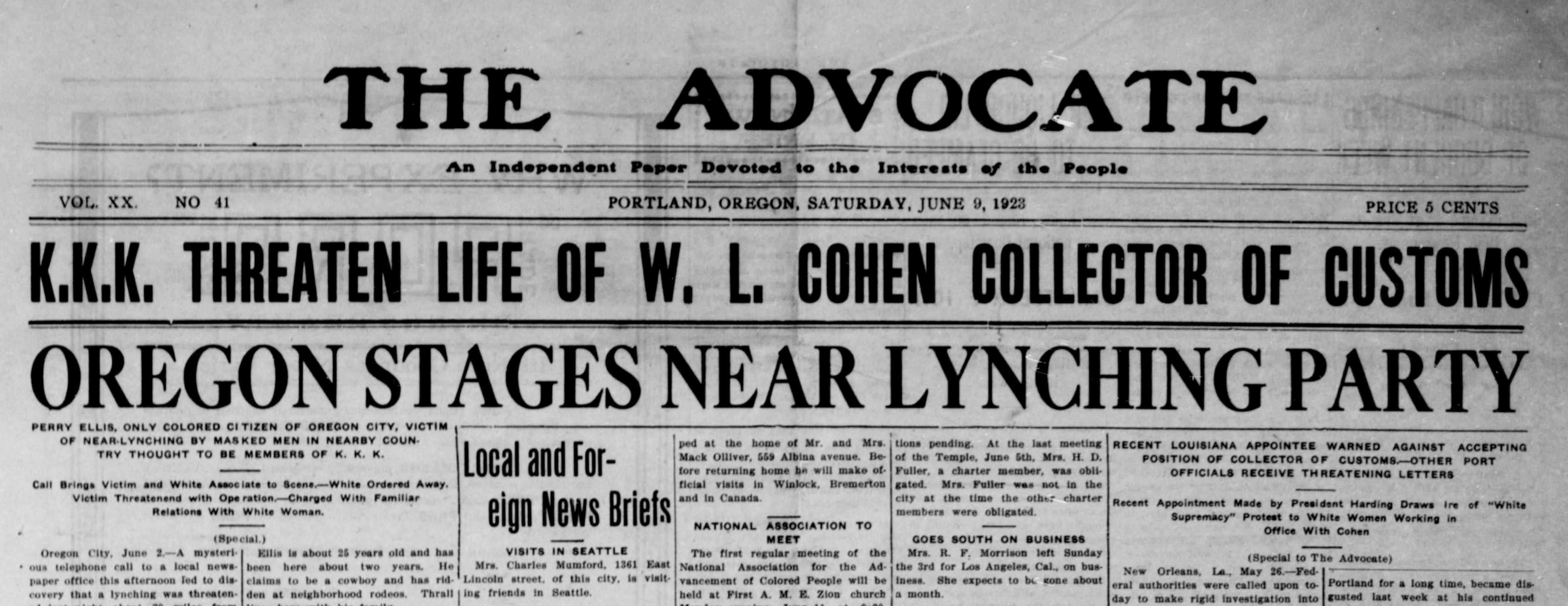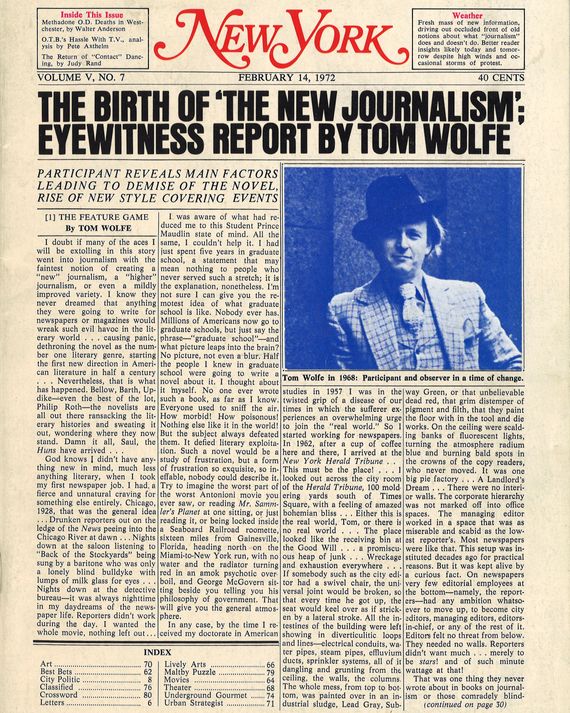Rumored Buzz on News Articles
Rumored Buzz on News Articles
Blog Article
How News Articles can Save You Time, Stress, and Money.
Table of ContentsNews Articles - TruthsNews Articles Fundamentals ExplainedWhat Does News Articles Mean?News Articles for BeginnersFacts About News Articles Uncovered
Great understanding of different subjects gives trainees a competitive side over their peers. Although digital and social networks are easily obtainable, we ought to not forget exactly how essential it is to review the papers. Moms and dads should attempt and inculcate the behavior of reviewing a paper as a day-to-day routine to continue the heritage of the revered print tool.Information stories also have a minimum of one of the adhering to vital features about the desired audience: distance, importance, timeliness, human interest, peculiarity, or repercussion. The relevant term journalese is occasionally used, typically pejoratively, to describe news-style writing. An additional is headlinese. Newspapers typically stick to an expository writing style.
Within these limitations, information stories likewise aim to be detailed. Among the larger and a lot more recognized newspapers, justness and balance is a significant element in offering details.
Papers with a worldwide audience, for instance, have a tendency to utilize a more formal design of composing. The particular choices made by an information outlet's editor or content board are frequently accumulated in a design overview; typical design overviews consist of the and the US News Design Book. The main objectives of information writing can be summarized by the ABCs of journalism: accuracy, brevity, and quality.
Some Ideas on News Articles You Should Know
Generally, reporters will certainly not use a long word when a brief one will do. They make use of subject-verb-object construction and vibrant, active prose (see Grammar). They offer stories, examples and metaphors, and they rarely rely on generalizations or abstract ideas. News writers try to prevent utilizing the same word much more than as soon as in a paragraph (often called an "resemble" or "word mirror").
However, headings in some cases omit the subject (e.g., "Jumps From Boat, Catches in Wheel") or verb (e.g., "Pet cat lady lucky"). A subhead (also subhed, sub-headline, subheading, caption, deck or dek) can be either a subservient title under the major headline, or the heading of a subsection of the short article. It is a heading that precedes the main message, or a team of paragraphs of the primary message.

of an article subject, informant, or interviewee), it is described as a pulled quotation or draw quote. Added billboards of any one of these kinds may appear later in the write-up (especially on succeeding pages) to attract further analysis. Journalistic internet sites often utilize animation methods to switch one billboard for one more (e.g.
The Best Strategy To Use For News Articles
Such site web billboards are also made use of as pointers to the write-up in various other sections of the magazine or site, or as promotions for the item in various other magazine or sites. Press release of the Swiss government. Normal structure with title, lead paragraph (recap in bold), other paragraphs (details) and call details.

Instance of a hard-lead paragraph NASA is recommending another space project. The budget plan demands about $10 billion for the project.
The NASA news came as the agency requested $10 billion of appropriations for the task. An "off-lead" is the second essential front web page information of the day. The off-lead shows up either in the leading left edge, or straight below the lead on the right. To "bury the lead" is to begin the article with background details or details of additional significance to the viewers, forcing them to learn more deeply into a post than they need to have to in order to find the essential points.
The 7-Minute Rule for News Articles
Typical use is that or 2 sentences each develop their own paragraph. Reporters typically describe the organization or structure of a news tale as an upside down pyramid. The crucial and most fascinating elements of a tale are put at the start, with sustaining you could try these out details adhering to in order of reducing importance.
It allows people to check out a subject to only the depth that their interest takes them, and without the charge of details or nuances that they could consider unimportant, however still making that details readily available to much more interested viewers. find out The inverted pyramid structure likewise enables articles to be trimmed to any approximate size throughout format, to suit the space offered.
Some authors begin their stories with the "1-2-3 lead", yet there are lots of kinds of lead readily available. A twist can refer to several points: The last story in the news broadcast; a "pleased" story to finish the show.
Longer posts, such as publication cover articles and the pieces that lead the inside areas of a paper, are recognized as. Function tales vary from straight news in several means.
Rumored Buzz on News Articles
The reporter frequently information communications with interview subjects, making the piece extra individual. A function's very first paragraphs usually connect an intriguing minute or occasion, as in an "anecdotal lead". From the particulars of a person or episode, its sight swiftly broadens to abstract principles regarding the story's subject. The area that signals what a function has to do with is called the or billboard.

The Editor's Toolbox: A Referral Overview for Beginners and Professionals (2001) Allan M. Siegal and William G. Connolly. The New York Times Handbook of Style and Usage: The Official Design Overview Utilized by the Writers and Editors of the Globe's The majority of Authoritative Paper (2002) M. L. Stein, Susan Paterno, and R.
Report this page